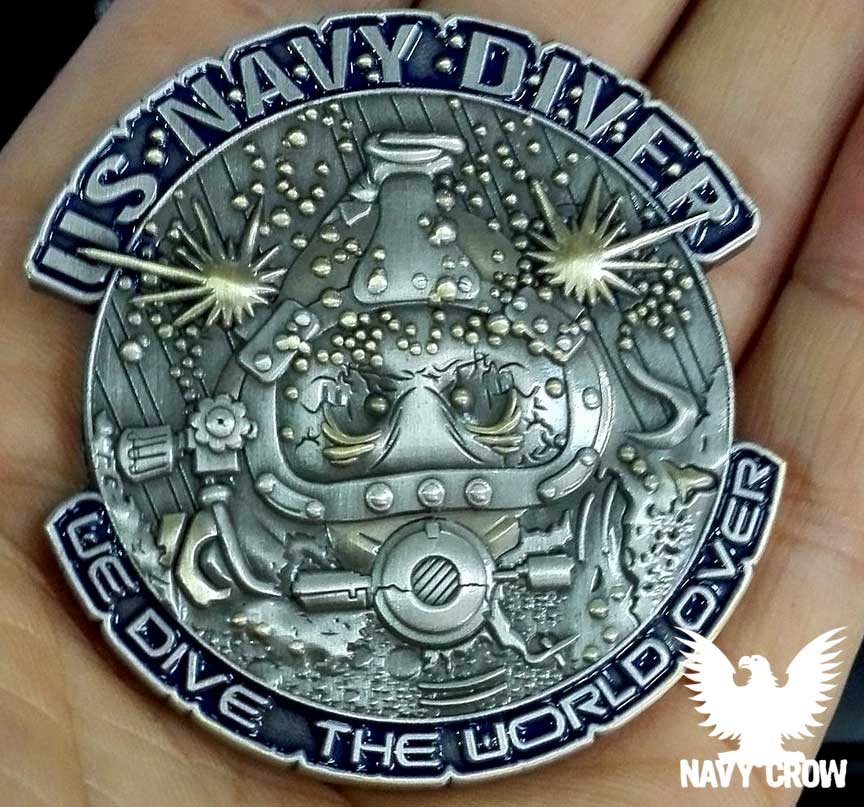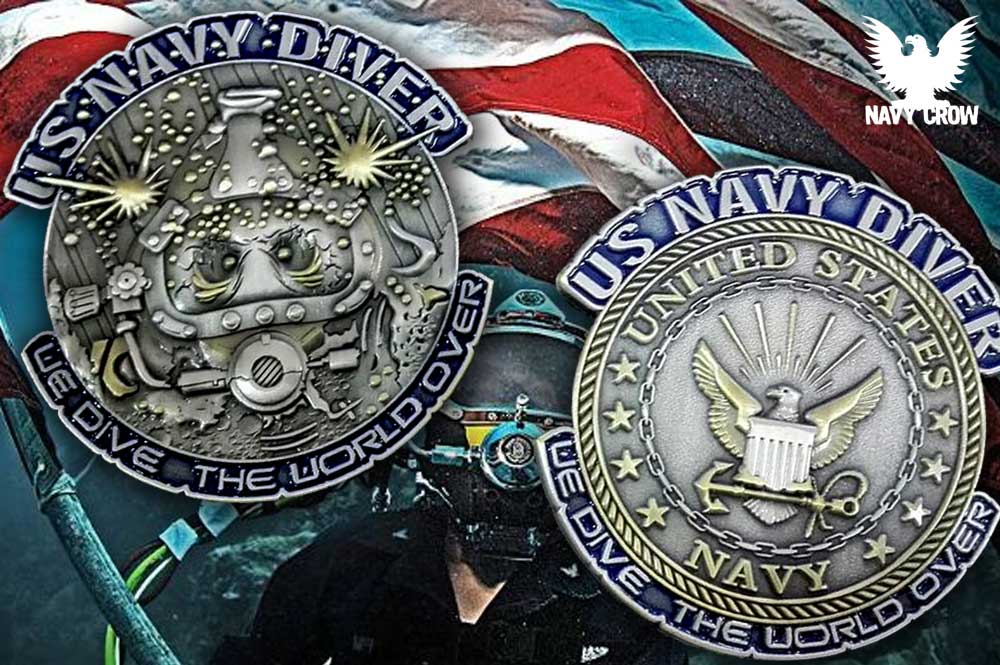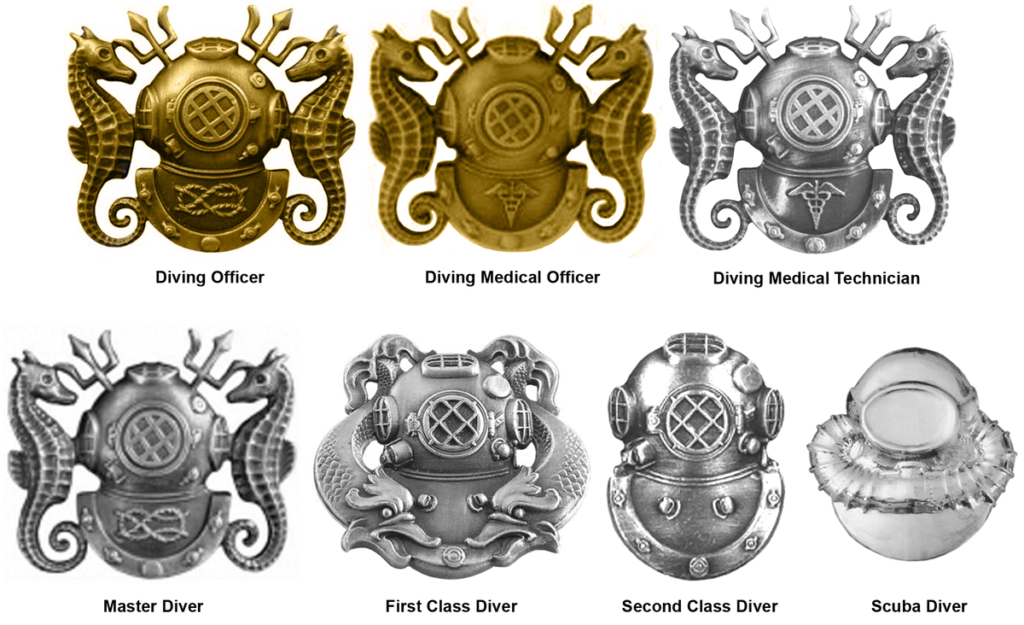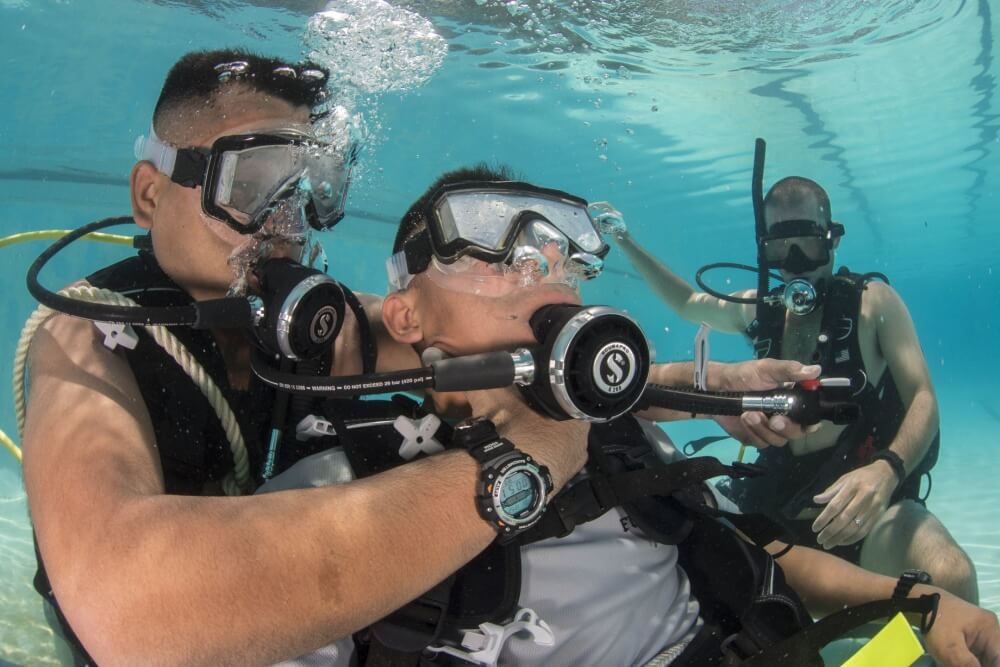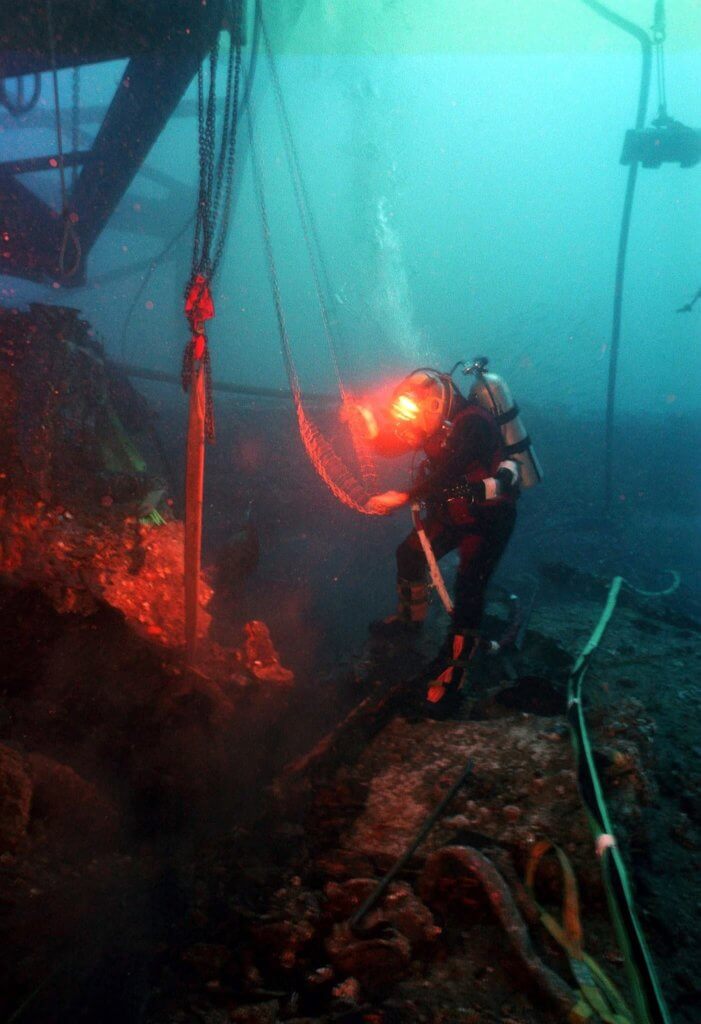Navy Diver: A Tradition of Honor!
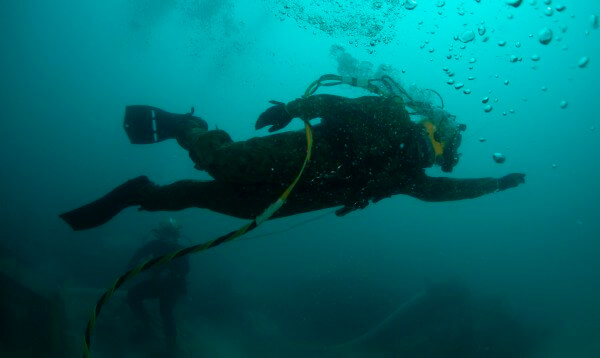
US Navy Divers KOROR, Palau (Jan. 21, 2008) Deep sea divers assigned to Mobile Diving Salvage Unit (MDSU) 1, deployed with Joint POW/MIA Accounting Command (JPAC), search the crash site of a WWII military aircraft for the remains of fallen service members. JPAC is tasked with accounting for all Americans missing as a result of the nation’s past conflicts. U.S. Navy photo by Mass Communication Specialist 2nd Class Christopher Perez (Released)
The early history of diving in the US Navy parallels that of the other navies of the world. Since the middle of the nineteenth century, the Navy has employed divers in salvage and repair of ships, in construction work, and in military operations.
For the most part, early Navy Divers were swimmers and skin divers, with techniques and missions unchanged since the days of Alexander the Great. During the Civil War Battle of Mobile Bay, swimmers were sent in ahead of Admiral Farragut’s ships to locate and disarm Confederate mines that had been planted to block the entrance to the bay.
DIVING FOR GUNS
Back in the late 1800s, the very first Diving rating was Gunner’s Mate. Instruction in simple diving had been part of the course at the Gunnery School because Gunners Mates were assigned as ship’s divers as a collateral duty. The introduction of the torpedo, a weapon that revolutionized Naval warfare, caused the Navy to require a more in-depth training pipeline to support torpedo testing and recovery. In order to support this, in 1882 the Navy established a school under Chief Gunner’s Mate Jacob Anderson to teach diving. Chief Anderson’s two week course was the first designed solely to train divers. Based in Newport, Rhode Island; the school trained divers to descend to a maximum depth of 60 feet to recover exercise torpedoes. The course of instruction was based solely on dress of the diver and underwater procedures. Things like decompression sickness and AGE or Arterial Gas Embolism) were still decades from being discovered. As the mission of the Navy Diver grew, so did the training and recognition of the program.
CHEST CANDY
In 1929 two Diver’s distinguishing marks (patches) were introduced. The Master Diver mark had a block letter “M” on the breastplate and the First Class Diver mark had the numeral “1”. Shortly thereafter, two additional Diver distinguishing marks were added; Second Class Divers and Salvage Divers. These cloth marks were awarded based on in-water/operational knowledge as much as they were on the training the individual received.
NAVY DIVER RATING
The outstanding contributions of Navy divers during World War II led the Navy to attempt the establishment of a Diver Rating in 1948. This rating was called Underwater Mechanic – established in 1948 from wartime diving details but never actually activated. Originally this rating fell under the Exclusive Emergency Service Rating (in response to World War II needs) and later was planned as a general rating that would be placed under the Engineering/Hull ratings. The specialty badge consisted of a MK-V helmet superimposed over a two-headed wrench with the rating designation of UM.
The Navy planned the rating and had manufacturers create insignia for it, but never implemented it before 1964 when it was disestablished. It was also at this time that the metal qualification badges worn today would be created and approved for wear:
-
1) Second Class Pin – Obvious heritage symbol of the diving community representing its primary job of diving – The MK V helmet.
-
2) First Class Pin – Heraldic Dolphins come from the sub community. These mythical fish/dolphins were tied closely to Poseidon the Greek god of the sea. It symbolizes speed and the ability to reach deep depths.
-
3) Master Diver – Also from the sub community. Seahorses pulled the chariot of Poseidon and traditionally stand for wisdom and sea power – the double tridents mastery of the ocean. The knot is a carrick bend, used to hold and position the diver’s air hose. This was placed on the breastplate to reflect ties to the operational side of diving and to differentiate it from the diving medical pins that use the caduceus on the breastplate.
In 1 July 2006 the Navy Diving (ND) rating was officially established as a general rating and falls under the Naval Special Warfare/Naval Special Operations ratings. The MKV helmet on the rating badge reflects our main operational environment as well as our heritage/history. The pins are still worn on uniform to distinguish both warfare qualification as well as level of diving training/qualification.
NAVY DIVE SCHOOL
Navy divers are trained at the Naval Diving and Salvage Training Center (NDSTC) in Panama City, Florida. Initial training is an arduous 8-10 month process from when someone enters “boot camp” until they are rated as a navy diver. Although rated as an ND, navy divers are not authorized to wear the second class dive pin until they qualify as diving and salvage warfare specialist (DSWS) at their first assignment—this normally takes an additional 1–2 years.
The navy diver works in extreme conditions, performing various underwater tasks ranging from underwater ship repair, underwater salvage and special operations/special warfare type diving. Because their area of operations are so varied, they can be required to utilize any type of diving equipment for use in any depth or temperature in any part of the world. Certain diving qualification allows NDs to live and work at extreme depths for days or weeks at a time, a discipline known as saturation diving.
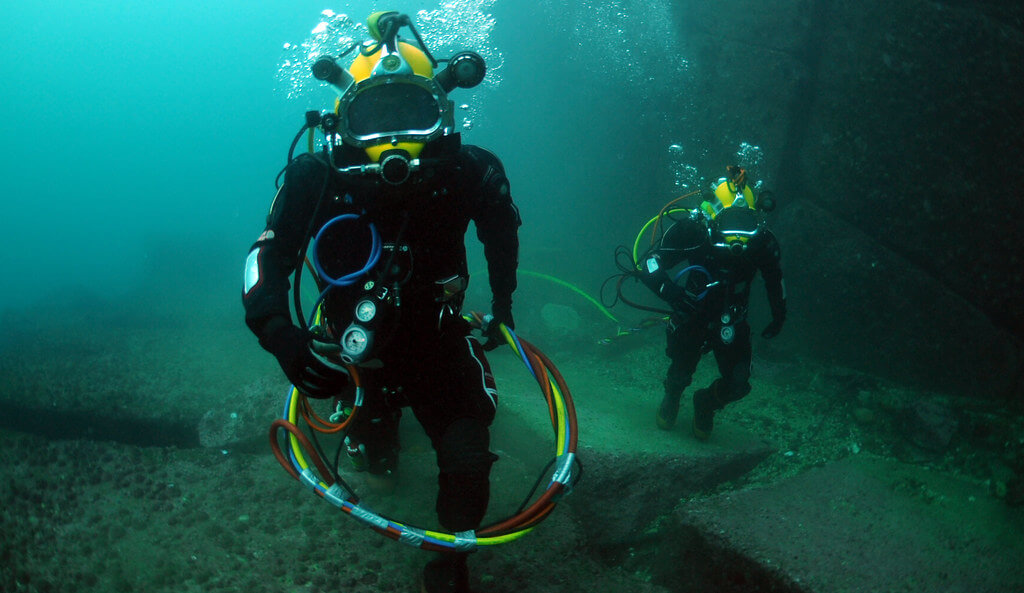
110629-N-XD935-058 VALPARAISO, Chile (June 29, 2011) Petty Officer 2nd Class Roprigo Fuentas, right, and 2nd Sgt. Bernardo Alcaide, navy divers assigned to the Chilean Buzo Salvatoaja, walk along the ocean floor during diving operations. Mobile Diving and Salvage Unit (MDSU) 2, Company 2-3, is participating in Navy Diver-Southern Partnership Station is a multinational partnership engagement intended to increase interoperability and partner nation capacity through diving operations. (U.S. Navy photo by Mass Communication Specialist 1st Class Jayme Pastoric/Released)
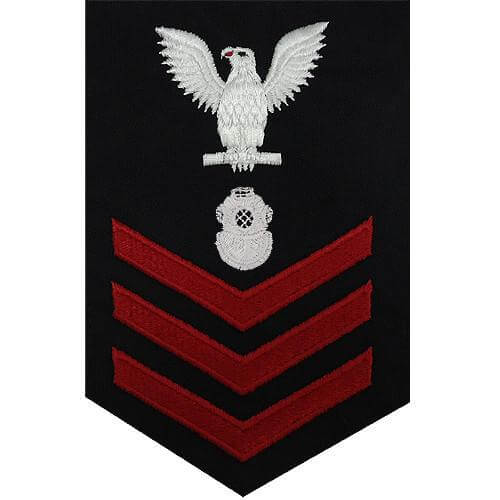 Personnel that graduate from second class or first class dive school; and ultimately Master Diver comprise the rating navy diver. NDs are the in-water operators and supervisors for the various mission areas mentioned previously as their primary day to day mission is that of in-water operator and/or supervisor. There is also the diving officer designation/badge for commissioned officers. There are three enlisted diving badges/qualifications in the ND rating:
Personnel that graduate from second class or first class dive school; and ultimately Master Diver comprise the rating navy diver. NDs are the in-water operators and supervisors for the various mission areas mentioned previously as their primary day to day mission is that of in-water operator and/or supervisor. There is also the diving officer designation/badge for commissioned officers. There are three enlisted diving badges/qualifications in the ND rating:
Second Class – E-4 to E-5 personnel. This is the basic diving qualification in the ND rating awarded upon completion of ND ‘A’ School (pin awarded upon warfare qualification). Primary duties are to serve as in-water operators during various missions.
First Class – E-6 to E-8 personnel. Advanced diving qualification awarded upon completion of ND ‘C’ School. In addition to duties as a second class diver, first class divers serve as diving and chamber treatment supervisors.
Master Diver – The highest enlisted diving position in the Navy. Awarded upon successful completion of the master diver course which includes exceptionally demanding diving operational problems and acceptance by a master diver board. Oversees diving operations and train/qualify diving supervisors.
Personnel in the Seabee ratings can qualify as Underwater Construction Technician (UCT). Like navy divers, UCT operators are primary in-water operators that conduct underwater construction. They also have three qualification levels with similarities to those in the navy diver rating.
Navy Hospital Corpsmen can qualify as a Dive Medical Technician (DMT), where they are given training in medical aspects of diving. Primary responsibilities are to provide medical advice and treatment to diving personnel. They also instruct members of the diving team in first aid procedures when the presence of diving medical personnel is indicated.
Additionally, there is a SCUBA diver qualification primarily for those stationed on submarines to serve as sub divers in a limited capacity. Navy SCUBA Divers are also trained at NDSTC at a 5 week course. Their duties consist primarily of conducting occasional inspections on the submarine they are stationed on. SCUBA divers maintain their Navy rating such as ET or MM as their diving NEC is a collateral duty not their primary one.
NAVY DIVER COIN
This US Navy Diver Rating Coin measures 2 inches and is 4mm thick. The detail of this hard hat diver with sea elements makes this USN diver coin a must in any naval coin collection.
www.youtube.com/watch?v=JWHa2HL1K2Y&t=1s
Fully licensed and approved by the United States Navy




